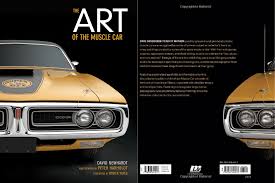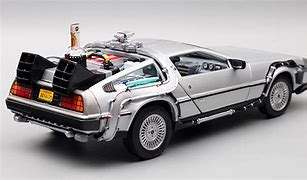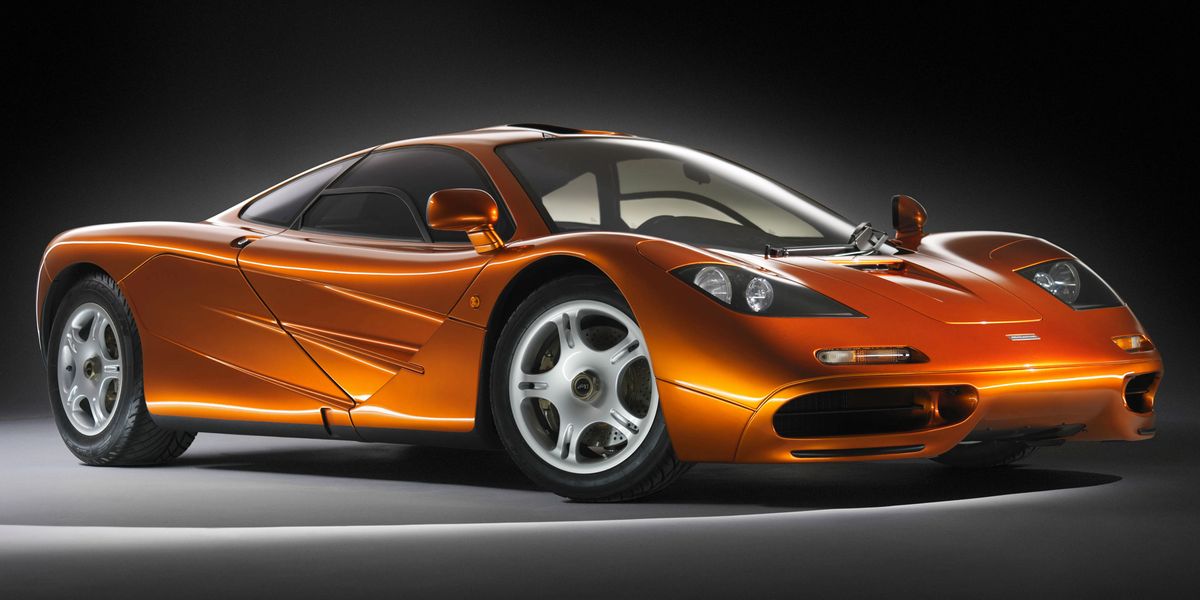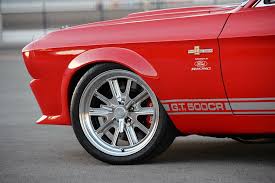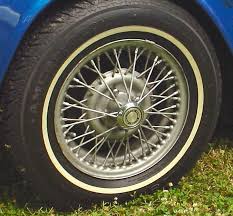
Performance & Classic Car Data

This edition of the Hyundai i30 N Performance 2.0 Turbo is the 6 speed / Manual version and was first brought out in 2017. This was at around the same time as the introduction of the 2018 Bugatti Chiron Sport 8.0L W16 Quad Turbo and the 2018 Bugatti Divo 8.0L W16 64 Valve Turbo.This particular Hyundai i30 has a 1998cc Turbo Petrol powerplant with 4 cylinders in a St formation.
The i30 shares its Petrol St4 engine configuration with the likes of the 2019 Ariel Atom 4 2.0 Turbo and the 2013 Caterham 7 620 R 2.0 L Supercharged. If you're looking for other fast cars which share the i30's Front Wheel Drive, Hatchback combination then how about the 2022 Volkswagen-VW Golf R Performance 2.0 Turbo or the 2020 Toyota Avalon TRD 3.5 V6.
Weighing in at 1429 kgs (3150 lbs) this makes the Hyundai i30 N Performance 2.0 Turbo in the same weight category as the 2023 Lotus Emira First Edition i4 2.0 Turbo or the give or take 50kg.
In terms of power the 1998cc 16V St4 engine produces 271 bhp (202 kW) @ 6000 rpm similar to the 2022 Hyundai i30 N Performance 2.0 Turbo (276 bhp) or the 2021 KIA K5 GT 2.5 Turbo (290 bhp).
The Turbo St4 throws out 260 lb-ft (352.5 Nm) @ 1500 rpm placing it with cars of similar torque performance figures such as the 2023 Toyota Corolla GR Circuit Edition 1.6 Turbo (273 lb-ft) or the 2022 Toyota Corolla GR 1.6 Turbo (273 lb-ft).
If one combines the weight with power or torque performance for the Hyundai i30 you can get a better idea of it's real world performance.
![Vauxhall-Opel VXR8 Tourer 6.2 V8 - [2013] image Vauxhall-Opel VXR8 Tourer 6.2 V8 - [2013] image](/editionimages/1398.jpg)
The 2013 Vauxhall-Opel VXR8 Tourer 6.2 V8 (214.6 bhp per ton) has similar Bhp Per Ton stats as the Hyundai i30.
The Hyundai i30 has a Power to weight ratio of 189.6 bhp per ton and 181.9 lb-ft per ton. Bhp Per Ton figures of the 2017 i30 competing with the 2013 Vauxhall-Opel VXR8 Tourer 6.2 V8 (214.6 bhp per ton) or the 2001 Pontiac Firebird Formula W96 Ram Air (214.5 bhp per ton).
If you agree with the late great Carroll Shelby then arguably an even better indicator of potential performance, Torque. Use weight as well and you end up with - Torque per ton, with the Hyundai i30 generating around 181.9 lb-ft per ton. If you're curious as to what other cars have as much torque to weight then look no further than the 2008 Pontiac G8 GT 6.0 (206.9 lb-ft per ton) or the 2012 Porsche Cayman S 3.4l (206.8 lb-ft per ton).
With a 0-60mph time of 5.90 secs or a 0-100km/h (0-62mph) of 6.1 secs, this made the Hyundai i30 N Performance 2.0 Turbo as fast as the 2019 Ford Focus ST 2.3 EcoBoost Automatic Wagon (5.90 secs) the 2019 Ford Focus ST 2.3 EcoBoost Automatic (5.90 secs) the 2015 Seat Leon ST Cupra 280 (5.90 secs) the or the 2012 Renault Megane RenaultSport 2.0T 265 Cup (5.90 secs). This Hyundai i30 N Performance 2.0 Turbo is also faster than the 2019 Land-Rover Defender 110 3.0 Turbo (6.00 secs) the 2017 Dodge Challenger GT 3.6 V6 AWD (6.00 secs) the 2017 Toyota Century 5.0 V8 (6.00 secs) the and the 2015 Seat Leon ST Cupra 265 DSG (6.00 secs).
When talking about the performance of the Hyundai i30 on the drag strip it can reach a quarter mile in an estimated 13.96 secs @ 98.0 mph. Similar performance down the quarter mile can be found with the the 2012 Lexus LS 460 4.6 V8 (13.90 secs), the 1999 Porsche Boxster 3.2 S 260 (13.92 secs), and the 2022 Hyundai i30 N Performance 2.0 Turbo (13.93 secs).
Modern performance cars are often artificially restricted to 155mph. The 2017 version of the Hyundai i30 N Performance 2.0 Turbo has a maximum speed of 155mph.
If maxing out your car on the AutoBahn is your thing and you're wondering what's faster than the 2017 Hyundai i30 N Performance 2.0 Turbo then how about the 2024 Ford Mustang Dark Horse 5.0 V8 (166 mph), the 2022 Ford Mustang GT 5.0 V8 (166 mph), or the 2021 Ford Mustang Mach 1 5.0 V8 (166 mph).








Jaguar XK R S 4.2 V8 Supercharged
Engine: Supercharged Petrol | 4196cc 32v V8
Top Speed: 174 mph
0-60mph: 5.30 seconds

Seat Ibiza Cupra 1.8 20v Turbo
Engine: Turbo Petrol | 1781cc 20v St4
Top Speed: 230.1 kph
0-100kph: 7.2 seconds
